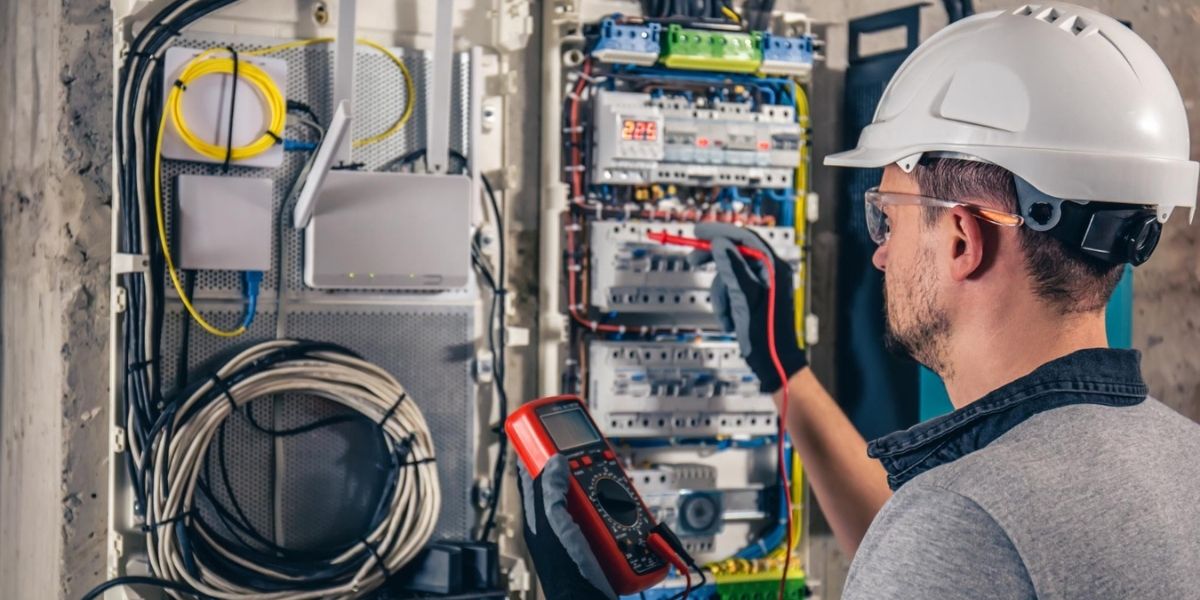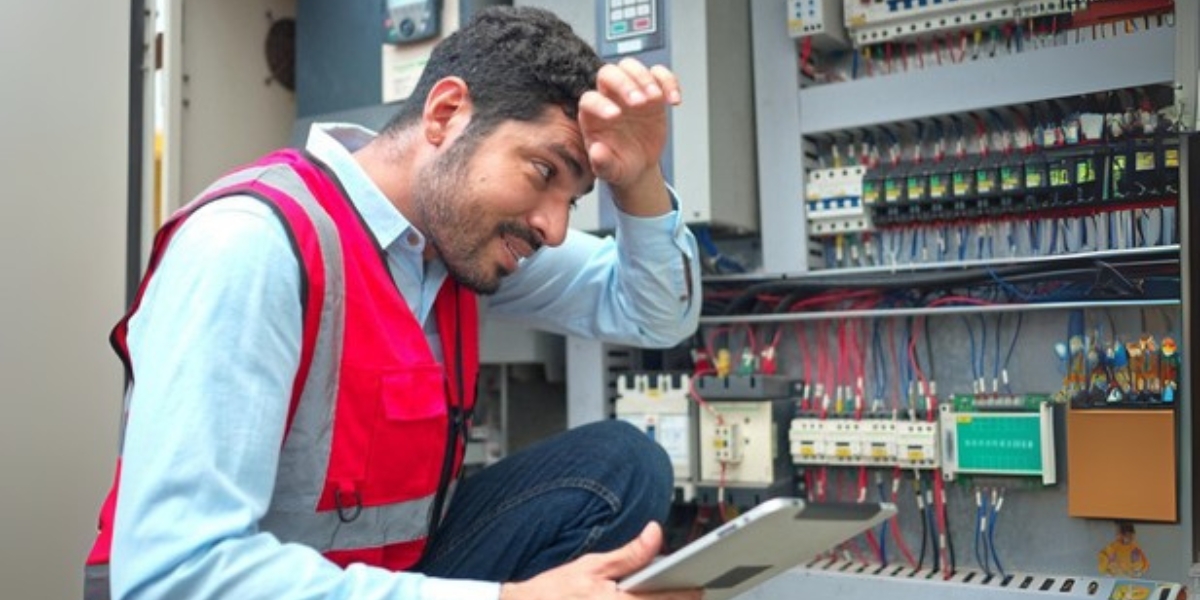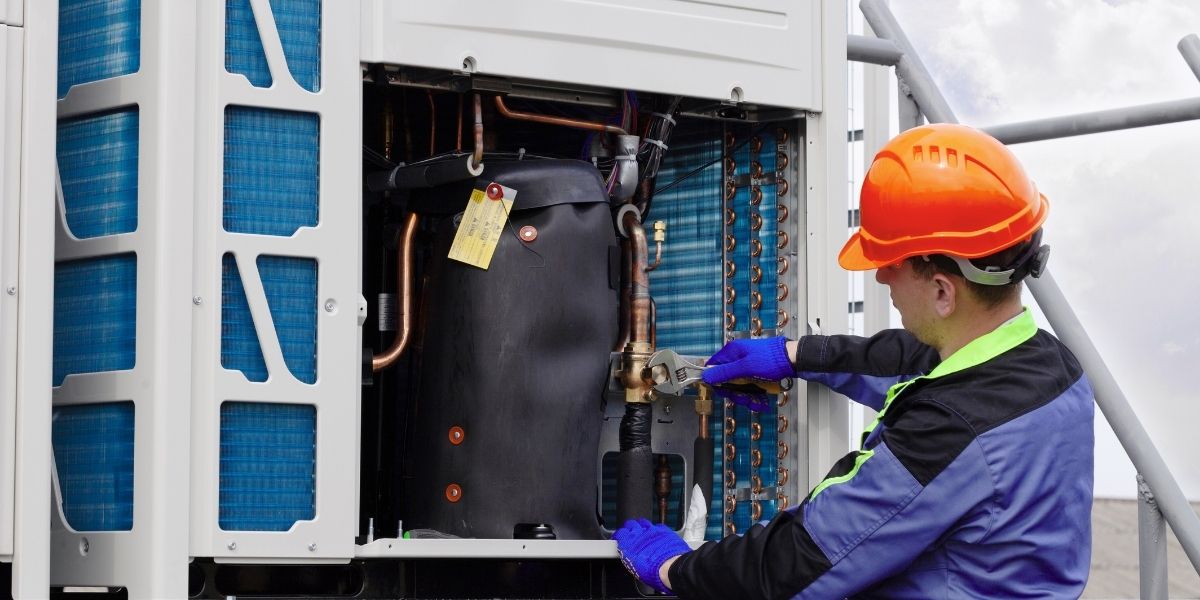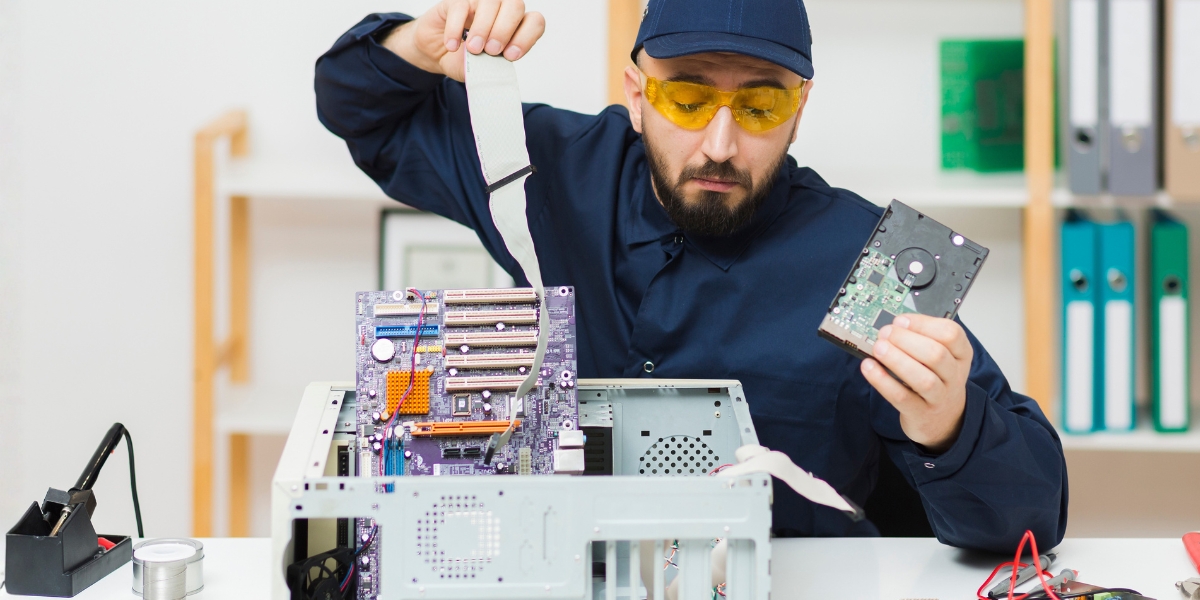Exploring Common PLC Failure Causes and How to Prevent Them
In today’s industrial world, Programmable Logic Controllers (PLCs) are the silent heroes behind automation. They control machines, production lines, and critical processes with precision and speed. But what happens when these powerful devices stop working as expected? A PLC breakdown can halt operations, cause delays, and cost companies thousands.
Understanding why PLCs fail is key to preventing unexpected downtime and expensive repairs. While several things can go wrong, there is usually one leading reason behind most of these failures. In this blog, we’ll explore that primary cause, along with other contributing factors, and how you can prevent such problems before they disrupt your workflow.
The Main Cause of PLC Failure: Power Supply Issues
While there are many PLC failure causes, one stands out as the most common: power supply problems.
PLCs need stable and clean power to function properly. Any irregularities—such as voltage spikes, surges, drops, or complete loss of power—can lead to malfunction. These power issues often damage internal components or cause unexpected resets, making the PLC unreliable or completely inoperative.
Why Power Supply Issues Are So Critical?
Overvoltage or Undervoltage
When the voltage input is higher or lower than what the PLC expects, it puts stress on internal circuits, potentially burning out sensitive components.
Voltage Spikes
These sudden surges, often caused by lightning, large motors starting/stopping, or switching circuits, can damage power supplies and input/output (I/O) modules.
Unstable Power Sources
Many industrial sites suffer from fluctuating power, especially when using backup generators or older infrastructure. This inconsistency weakens PLC reliability over time.
Grounding Problems
Poor or missing grounding can create noise in the power line, leading to communication errors or component degradation.
Power-related problems are also the hardest to detect because they may not show immediate signs. Often, the device might work intermittently, making it tricky to isolate the issue without professional diagnostics.
Additional PLC Failure Causes in Industrial Settings
Though power issues top the list, several other conditions can also lead to failure. Here are some frequent contributors:
1. Environmental Stress
Dust, humidity, and temperature fluctuations are constant threats. When dust accumulates inside the PLC cabinet, it can cause overheating. Moisture can short internal circuits, and extreme temperatures may cause expansion or contraction of components, leading to cracking or breakage.
2. Improper Wiring or Loose Connections
Wires that aren’t secured properly or are connected incorrectly can cause inconsistent signals, shorts, or overloads. This is especially common in installations where wiring is rushed or performed by unqualified personnel.
3. Software Errors or Program Corruption
A small coding error or firmware issue can crash the system or cause it to behave unpredictably. If the PLC’s memory becomes corrupted due to a sudden shutdown, the program may be lost or altered.
4. Physical Damage or Vibration
In facilities with heavy machinery, vibration is unavoidable. Over time, these movements can loosen internal components or connectors. If not secured properly, parts may shift or break entirely.
5. Aging Hardware
Like all electronics, PLCs have a lifespan. Capacitors dry out, solder joints weaken, and displays degrade. If your system is more than 10 years old, it might be time for a professional inspection or upgrade.

What to Do If Your PLC Fails?
If a breakdown occurs, the first step is to isolate the issue. Was it power? Wiring? Environmental conditions?
That’s where professional support becomes crucial. Attempting to troubleshoot without the proper tools or experience can lead to further damage. A skilled technician can diagnose the exact problem using testing equipment and repair protocols.
Working with a team that specializes in PLC repair gives you the advantage of fast turnarounds, access to replacement parts, and peace of mind. If you’re based in the UAE, Horizon Elect Devices is one of the trusted names when it comes to evaluating and fixing faulty PLCs.
Preventing Future Failures: Best Practices
The good news is that most causes of failure are preventable with a little planning and routine care. Here are some tips:
1. Install Power Conditioners or UPS Systems
To protect against voltage spikes and outages, consider installing a high-quality Uninterruptible Power Supply (UPS) or surge protector. This ensures clean and steady power to your PLC system.
2. Schedule Regular Maintenance
Don’t wait for a failure to occur. Schedule periodic inspections and cleaning. This helps identify wear and tear early and keeps your system running at peak performance.
3. Ensure Proper Ventilation and Sealing
Make sure your control panels have adequate ventilation to prevent overheating. Seal them well to keep out dust and moisture, especially in humid or dusty environments.
4. Document Wiring and Configurations
Having a record of wiring diagrams, program versions, and settings can save hours during troubleshooting. Always keep this information updated and accessible.
5. Replace Aging Units Before They Fail
If your PLC has been running for over a decade, consider proactively replacing it. Newer models are often more energy-efficient, secure, and reliable.
Finding the Right Expert for Any Cause of PLC Failure
When your operations depend on automation, you can’t afford trial and error. Finding the best PLC repair team means looking for professionals with experience, the right certifications, and access to genuine parts.
If your facility is located in or around Dubai, you’ll find that industrial electronics repair Dubai services offered by specialists like Horizon Elect Devices offer both expertise and fast service tailored for high-demand environments.



